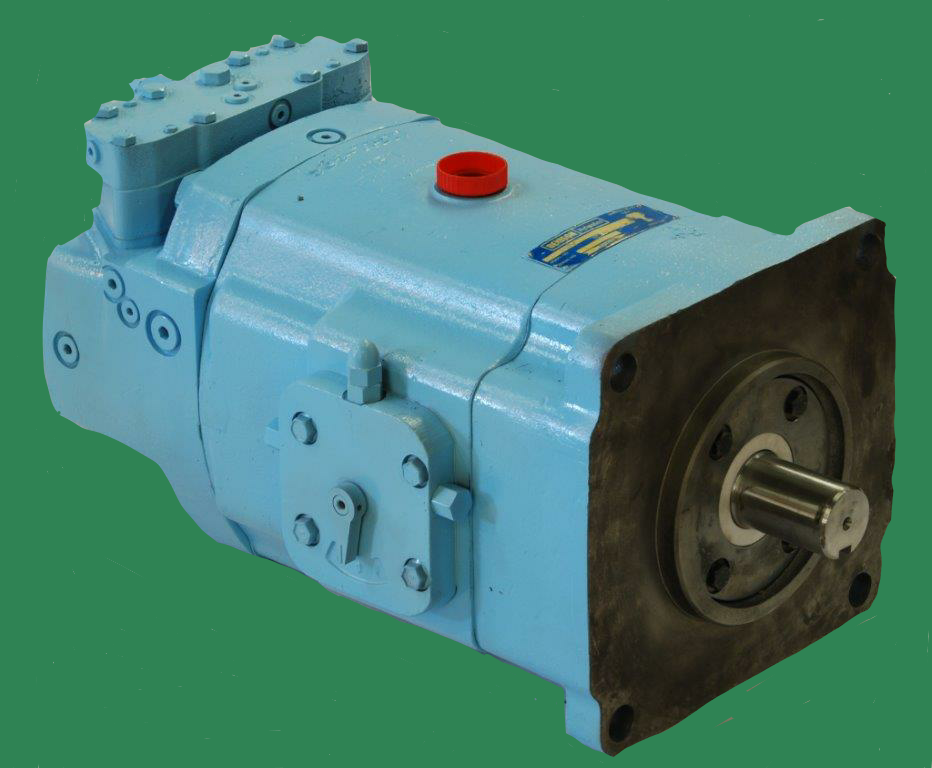Denison Hydraulic Fluid Motor – 600, 700 & 800 Series Part 3
February 27, 2018
Denison Hydraulic Fluid Motor – 600, 700 & 800 Series Part 3
To disassemble the fluid motor you will need to disconnect the pipe flanges that are in position by the bolts on the port and will need to take off the drain line. On the 500 series the pipes need to take off the port block. Then take off the pipe and drain case of oil and get the bolts out of the old end cap.
The outer bearing race is taken out and the bearing rolls, cylinder and piston assy are exposed. To take apart the piston shoe retainer and get the pistons out as an assy. And the pistons need to be put back in the same way they came out.
The cylinder barrel or block is taken out of the port, it may cling to the porting surface of the barrel because of the oil that is on the surface. The port plate is not attached to the cylinder barrel and tapping it a few times will make it break loose from the barrel. The plate can catch on the splines of the shaft when taken off, but make sure the barrel is out of way first. And make sure you don’t drop the port plate from the barrel, don’t need niches and burrs on the plate.
The hold down assy has a ball, bronze spring socket and steel spring retainer will all come out if you tap it a few times from the retainer. Next the bearing is free from the cylinder barrel by taking seven bolts out.
After all the parts are out make sure they are free from contamination, scratches on the surface of the parts.
If you have further questions, please contact us at
800-361-0068
sales @hydrostatic-transmission.com
